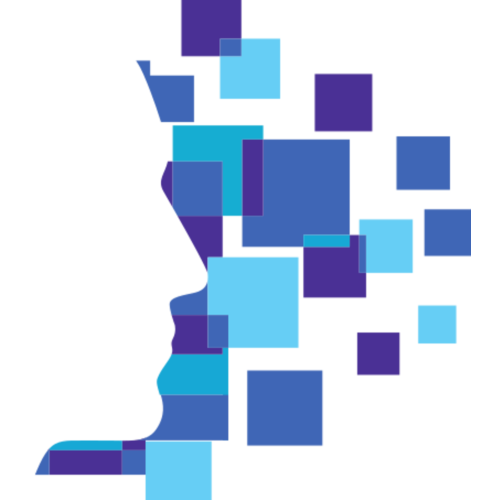The Agile Manifesto, written in 2001, sparked a workplace revolution. Its values and principles empowered technology teams to thrive amid constant change. Agile frameworks like Scrum and Kanban enabled faster delivery, feedback, and learning.

For software developers, adopting an Agile mindset was like charting a new voyage with a trusty compass. But the business landscape today barely resembles that of 2001. Technologies like AI and automation are transforming entire industries overnight. Markets and customer expectations evolve at warp speed. Business models face disruption from all sides. In this environment, principles conceived 20 years ago can no longer guide organizations effectively. Though the Agile compass empowered software teams, it offers little direction for the broader challenges companies now face. Several realities highlight the limits of conventional Agile thinking today:
- Agile practices focus on product development, flexible planning, and customer satisfaction. But adapting to disruption is now a requirement in every industry, not just software. And companies must pursue larger visions like sustainability to fully meet stakeholder needs.
- Agile methods value individuals, interactions, customer collaboration, and responding to change. But exponential growth requires expanding these efforts enterprise-wide, with a more holistic view of the customer and a different way to create value.
- Agile teams embrace uncertainty, self-direction, and emergent solutions. However, navigating today's turbulence demands resilience, not just flexibility. And strategic guidance during disruptive times, not just autonomy.
- The Agile mindset guides small to medium cross-functional teams. Yet whole organizations and ecosystems now need new models tailored to their scale and complexity.
- Agile frameworks measure value in working software or products. But metrics like organizational agility, workforce wellbeing, and social impact matter just as much today.
- Agile frameworks can handle product disruption but not business model or strategic disruption.
In addition, classic Agile thinking does not sufficiently recognize the power of cognitive diversity and neurodiversity in driving innovation and adaptability. Agile methods focus on empowering individuals and interactions but fall short in leveraging the full spectrum of perspectives and capabilities within a team or organization.
The Agile compass empowered a generation of product teams (collective capabilities). But as some industries collide and technologies disrupt, companies need a new map and navigator. Principles conceived in 2001 cannot fully prepare organizations for the realities of 2023 and beyond.
To thrive amid exponential change, leaders need a more holistic and forward-looking approach supported by the science of accelerated change. With the new Enterprise Agility models and mindsets, companies can embark on an exciting voyage, discovering their most sustainable, innovative future.
